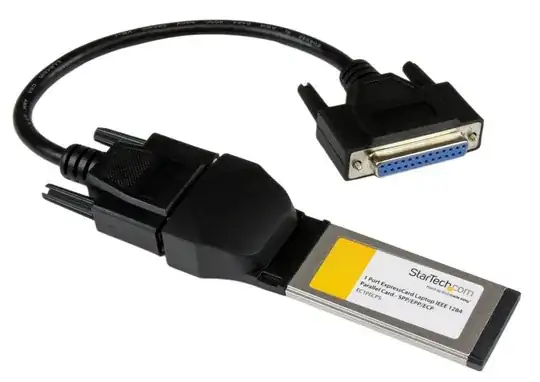I have a proprietary hardware which accepts input on the parallel port. The problem is the PC which needs to communicate with the hardware doesn't have a parallel port and I can't change it's configuration.
I have an USB to LPT adapter, but the adapter doesn't emulate the LPT port. Even with the driver installed, it shows as "USB Parallel Bridge" in Control Panel.
The hardware expects input on the data ports D0-D7 of the LPT. Can I send this kind of data through the USB port of the adapter? How?
If not, can I create a virtual LPT? The PC is running Windows 7.
Most of the questions I saw asked around here were targeted at printers, so their solutions don't apply to my problem.

